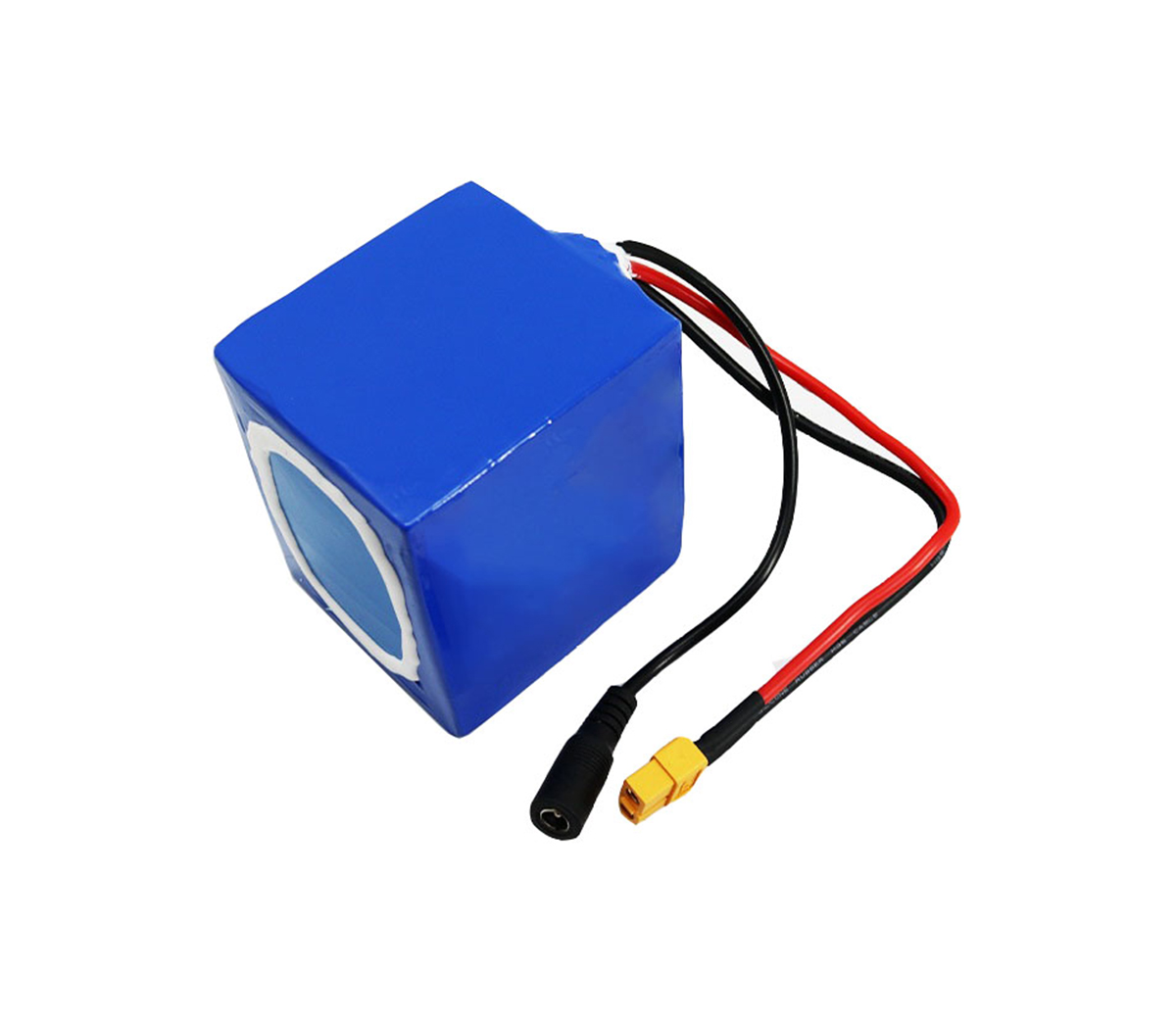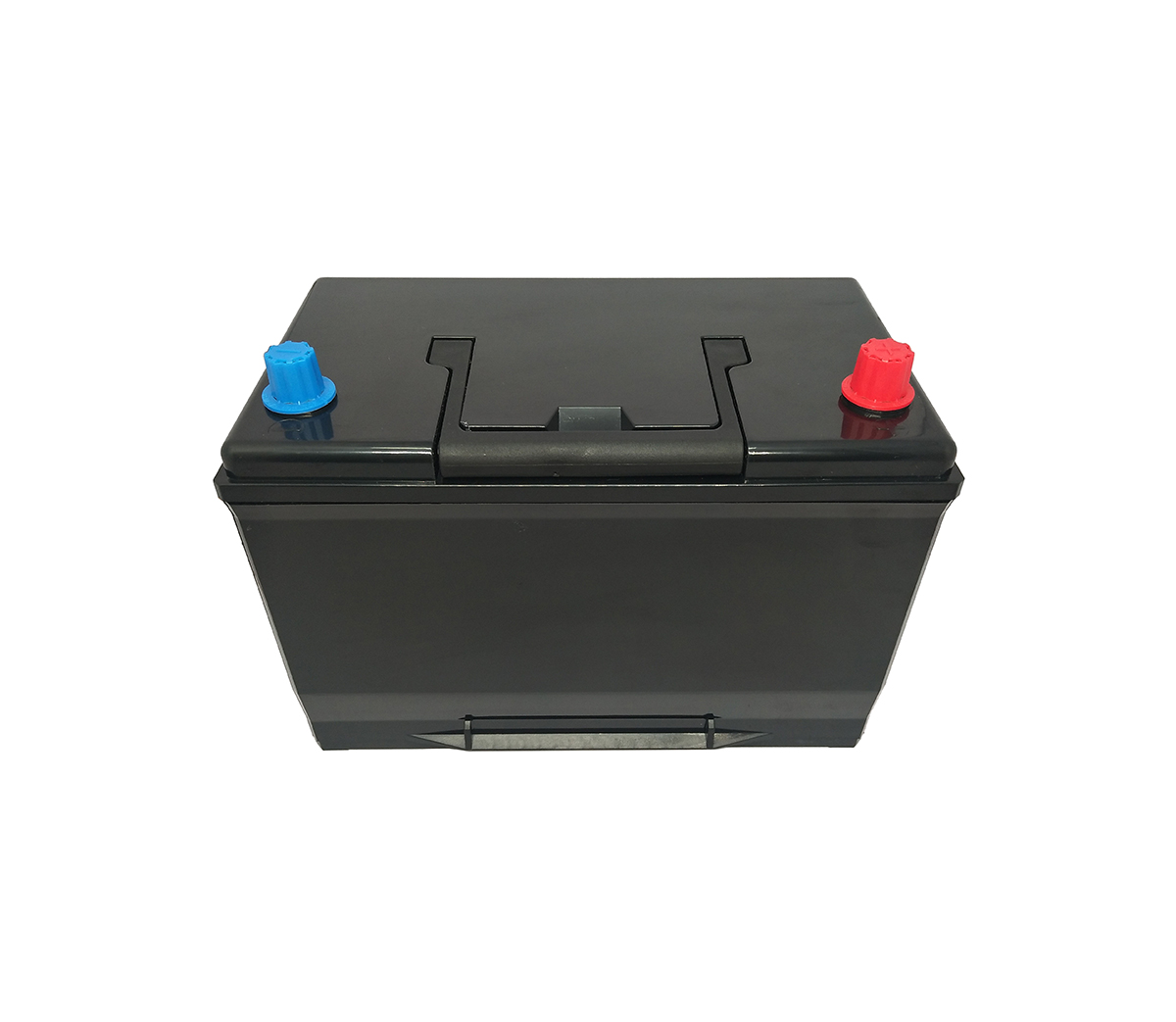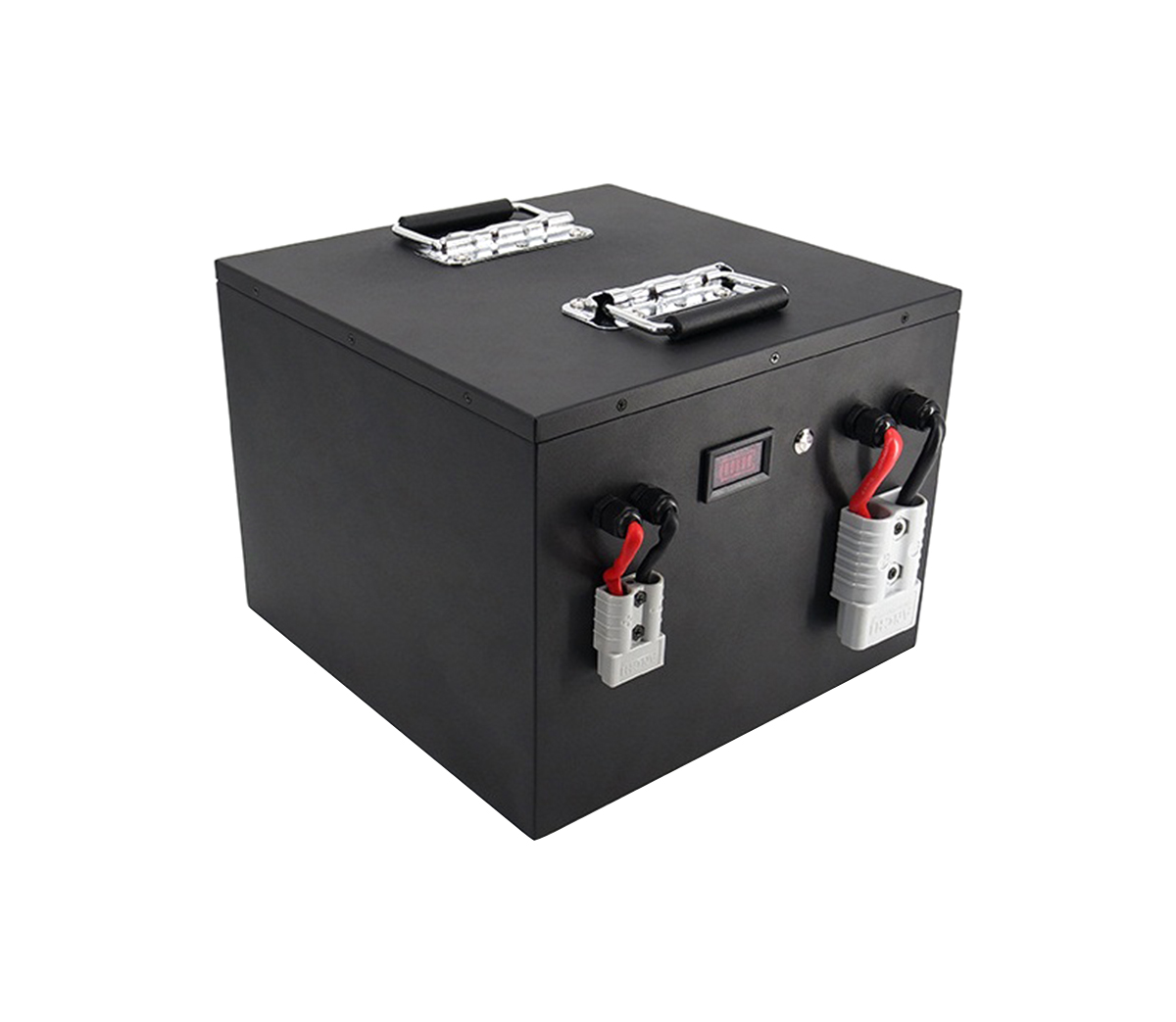The photovoltaic inverter is the control center of the photovoltaic power
generation system, which can convert the direct current generated by the
components into alternating current to achieve grid connection or load use.
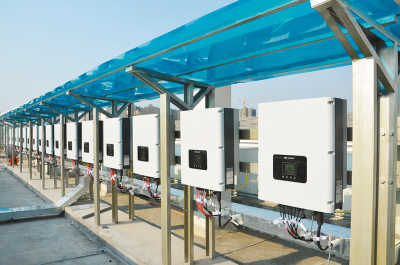
Photovoltaic inverters are mainly composed of power conversion modules,
microcomputer control modules, EMI modules, protection circuits, monitoring
modules, and human-computer interaction modules. Its development depends on the
development of electronic circuit technology, semiconductor device technology
and modern control technology. All the electricity generated by photovoltaic
modules must be processed by the inverter before it can be output externally.
Therefore, the inverter is the core equipment of the photovoltaic power
generation system.
According to the working principle, photovoltaic inverters can be divided
into centralized, string and micro inverters. Due to the different working
principles of various inverters, the application scenarios are also
different:
(1) The centralized inverter first converges and then inverts, which is
mainly suitable for large-scale centralized power station scenes with uniform
illumination.
The centralized inverter first converges multiple parallel strings to the
DC input terminal, after tracking the maximum power peak, and then
concentratedly converts it to AC power. Usually, the unit capacity is more than
500kw. Due to the high integration and high-power density of the centralized
inverter system, the cost is low. It is mainly used in large-scale plants with
uniform sunlight, large-scale centralized photovoltaic power stations such as
desert power stations.
(2) String inverters first invert and then converge, and are mainly
suitable for scenarios such as small and medium-sized rooftops and small ground
power stations.
The string inverter is based on the modular concept. After 1-4 sets of
photovoltaic strings are individually tracked for maximum power peaks, the
direct current generated by them is first converted to alternating current, and
then converged and boosted and connected to the grid, so the power It is smaller
than the centralized type, but has richer application scenarios. It can be
applied to various types of power stations such as centralized power stations,
distributed power stations, and rooftop power stations. The price is slightly
higher than that of centralized power stations.
(3) The micro-inverter directly inverts and connects to the grid, which is
mainly suitable for household use and small distributed scenarios.
The micro-inverter performs individual maximum power peak tracking for each
photovoltaic module, and then merges into the AC grid through the inverter.
Compared with the first two inverters, it has the smallest volume and the
smallest power, and the general power is below 2kw. It is mainly suitable for
distributed households and small distributed industrial and commercial rooftop
power stations, but the price is high and it is difficult to maintain once a
failure occurs.
Benefiting from the increase in the proportion of distributed power
generation, the market share of string inverters has gradually increased.
According to GTM statistics, the global string inverter market share was 52% in
2019, an increase of 11 pct compared to 2015. According to CPIA statistics, the
market share of string inverters in 2020 is 67%, an increase of 34.5 pct from
2016. The specific reasons are as follows:
(1) The string-type scheme is the first choice for distributed photovoltaic
power generation, and the increase in the proportion directly drives the
increase in the string-type share.
Centralized photovoltaic power plants can make full use of the abundant and
stable solar energy resources in the open space, but the investment is large,
the construction period is long, and the area is large. Distributed photovoltaic
power plants have low investment threshold, fast construction, small footprint,
and flexible installation, which are the main directions for future photovoltaic
development.
Distributed power generation refers to the power supply system located near
the user's location. The electricity produced by it can be used by the user and
used nearby, and the surplus power can also be sent to the local distribution
network. Because solar energy has the characteristics of decentralization and
low energy density, it has the natural advantages of distributed power
generation.
(2) The MPPT function and maintenance convenience of the string inverter
have significant advantages.
String inverters have the advantages of high-power generation, high
reliability, high safety, easy installation and maintenance, etc. When a
component is blocked by shadow or fails, but because of the multi-channel MPPT,
it will only affect the corresponding few the power generation of the string can
minimize the damage, the array mismatch loss is small, and the efficiency is
higher, and it is gradually applied to the large-scale power station market.
The main reason why string inverters failed to replace centralized
inverters on a large scale was the high cost. The maximum power of a single
machine was also limited by power devices and line layout, but it benefited from
the core components such as upstream IGBTs and MOSFETs. Iterative upgrades, the
continuous development of superimposed power module technology, the continuous
increase of stand-alone power density, the rapid decline of prices, and the
prominent cost-effectiveness. More and more large power stations choose to adopt
string inverter solutions.
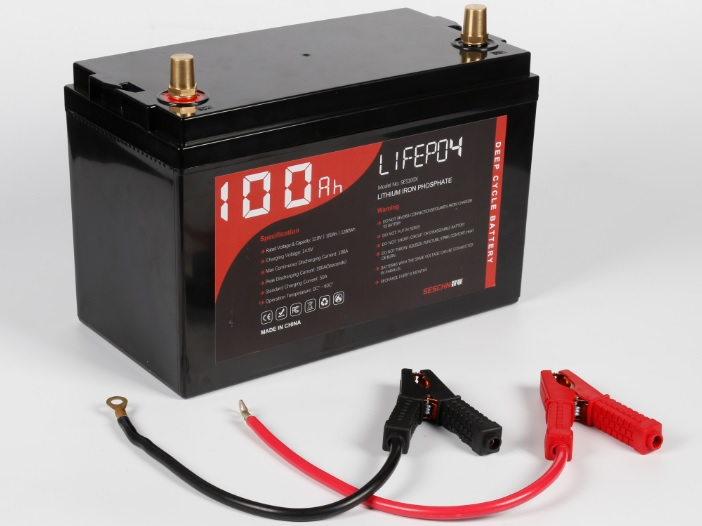
Lithium-ion battery (LIB) has become the main energy storage solution in
modern social life. Among them, lithium iron phosphate batteries are a perfect
substitute for lead-acid batteries, and are the first choice for grid-connected
peak shaving, off-grid energy storage, photovoltaic energy storage, UPS, data
center and other industries.
Solar power generation system with lithium battery energy storage system is
a very promising clean energy.











